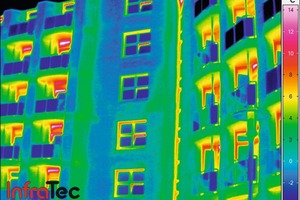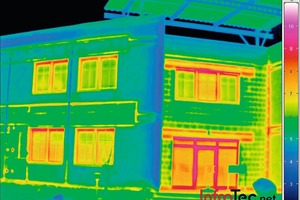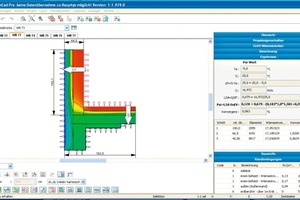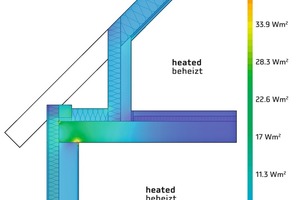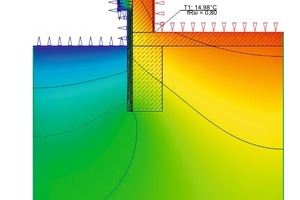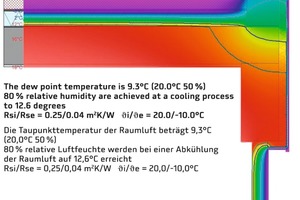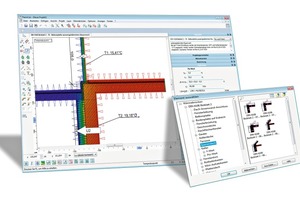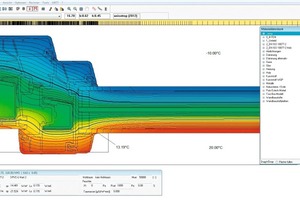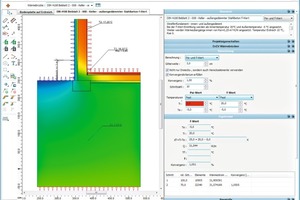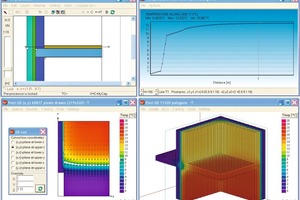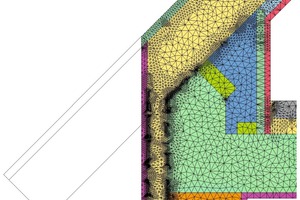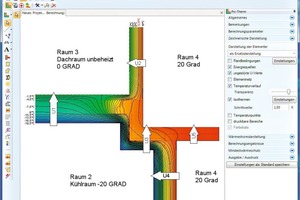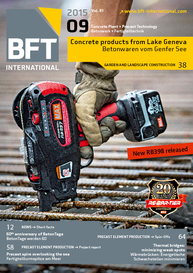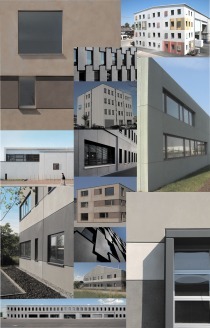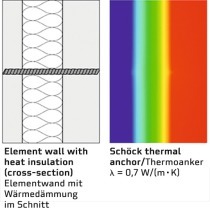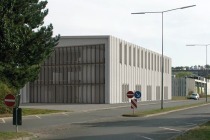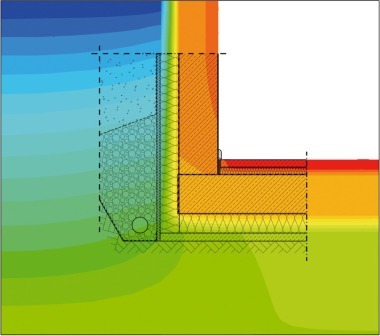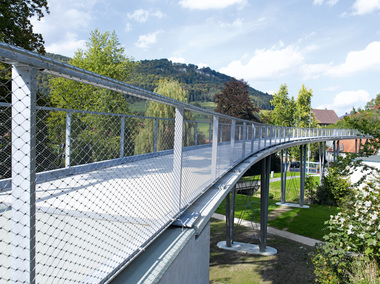Thermal bridges: minimizing weak spots with an adverse effect on energy performance
Thermal bridges cause heat losses and may potentially lead to issues, such as damage due to mold formation. Specially designed software helps detect and minimize these weak spots in the building envelope prior to construction, such as at the precast element design stage.
Thermal bridges are problematic for several reasons: they adversely affect the energy consumption of buildings, hygienic conditions and living comfort. Thermal bridges may cause up to 50 % of heat losses in buildings. The importance of preventing heat losses becomes even clearer when also considering the fact that about 40 % of total energy consumption are attributable to buildings according to several studies, including those published by the World Business Council for Sustainable Development (WBCSD). However, the more effective the insulation of buildings, for instance as specified by...

